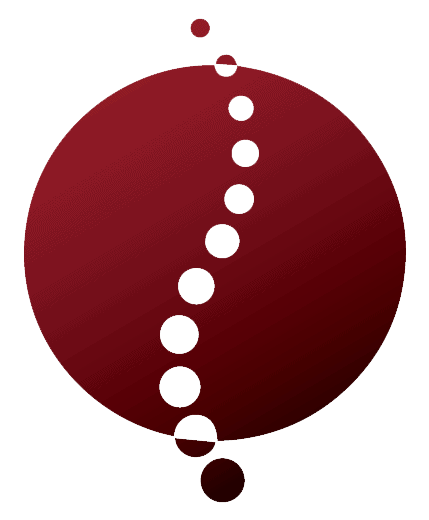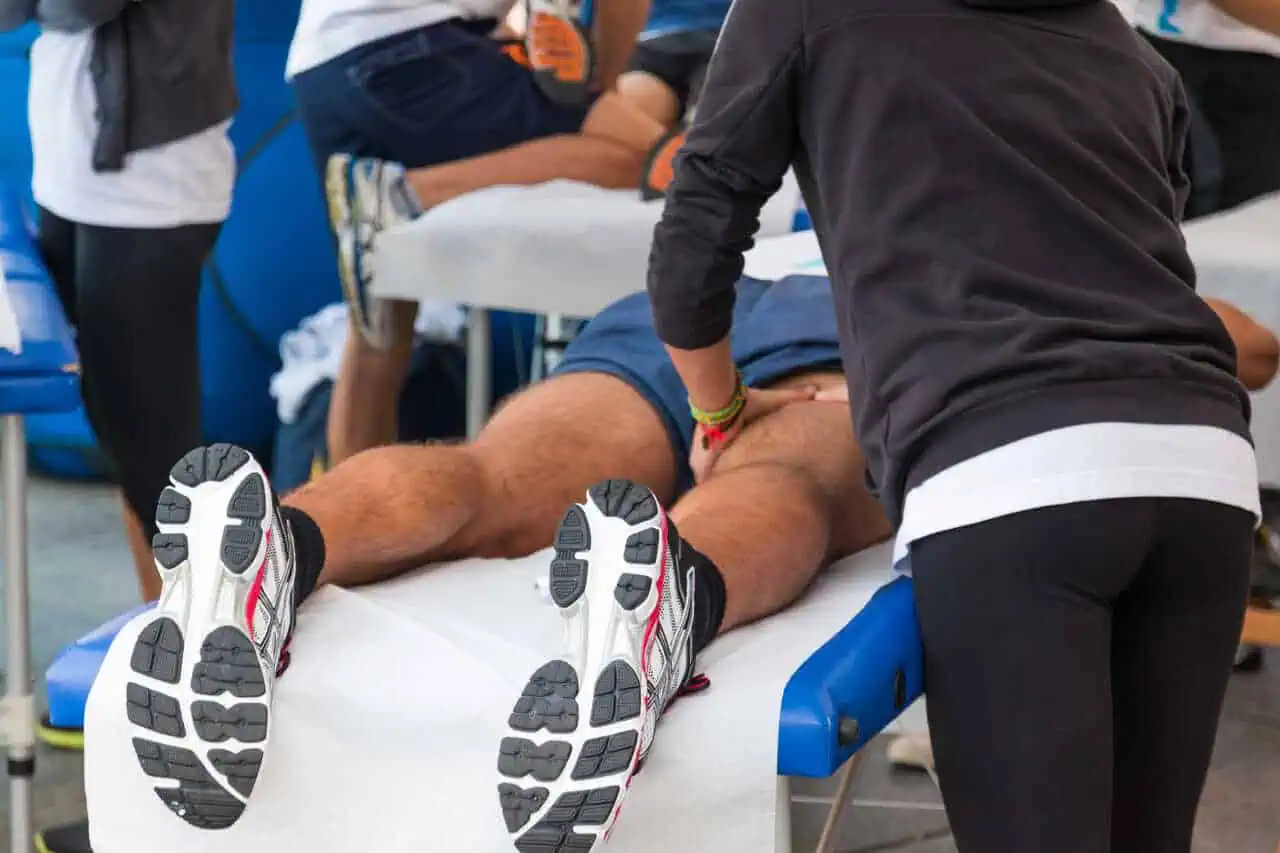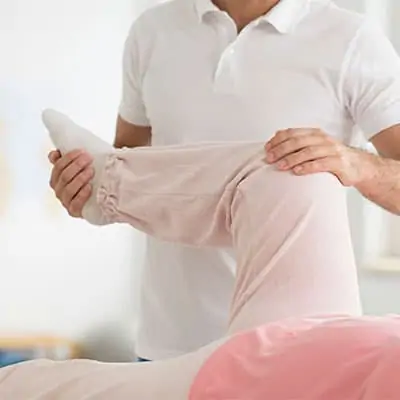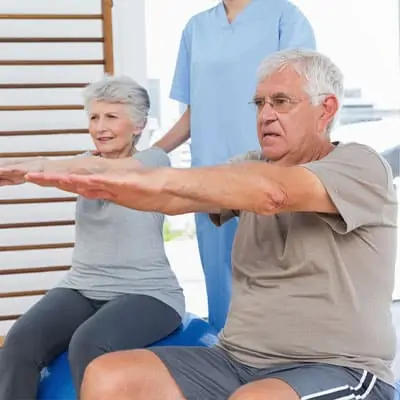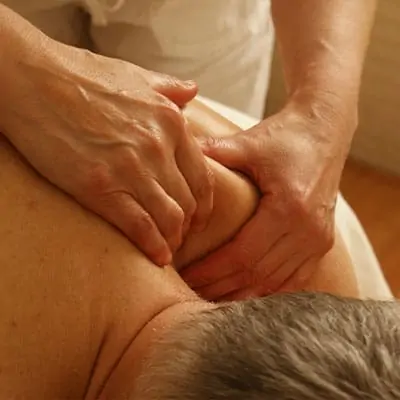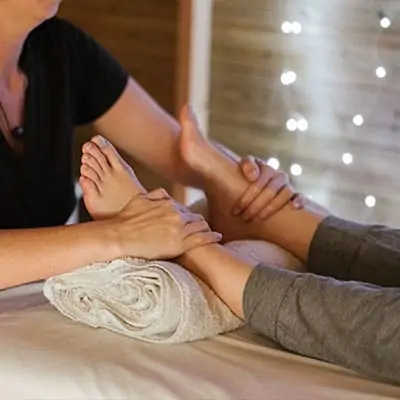Understanding Rehabilitation Massage Therapy
What is Rehabilitation Massage Therapy?
Rehabilitation massage therapy is a specialized form of massage designed to address physical injuries and ailments. This type of therapy focuses on the healing and recovery of muscles, tissues, and joints through various massage techniques. With a blend of therapeutic approaches, rehabilitation massage aims to alleviate pain, restore functionality, and enhance overall wellness.
Rehabilitation massage therapy is distinct from general massage practice. While standard massage may prioritize relaxation, this therapy aims at specific physical issues, making it a targeted intervention for those recovering from injuries, surgeries, or chronic pain conditions.
Benefits of Rehabilitation Massage Therapy
Engaging in rehabilitation massage therapy offers several advantages. Here is a summary of key benefits you might experience:
| Benefit | Description |
|---|---|
| Pain Relief | Alleviates discomfort associated with injuries or chronic conditions, promoting a better quality of life. |
| Improved Mobility | Increases range of motion and flexibility in affected areas. |
| Enhanced Circulation | Stimulates blood flow, which aids healing and recovery by bringing essential nutrients to injured tissues. |
| Reduced Muscle Tension | Relaxes tight muscles and reduces stiffness, which can promote relaxation and stress relief. |
| Faster Recovery | Supports the healing process after injuries or surgeries by facilitating quicker rehabilitation. |
| Customized Treatment | Tailors to individual needs and specific injuries, ensuring personalized care for your condition. |
In addition to these benefits, rehabilitation massage can contribute to emotional well-being by reducing anxiety and stress. For more information on the various benefits of massage therapy, refer to our article on massage therapy benefits. Whether you’re dealing with sports injuries, chronic pain, or recovering from surgery, rehabilitation massage therapy can be an essential part of your recovery plan. For specific conditions that can be treated, explore our sections on massage therapy for back pain, massage therapy for fibromyalgia, and massage therapy for arthritis.
Conditions Rehab Massage Can Help With
Rehabilitation massage therapy is effective in addressing various conditions. Whether you’re recovering from an injury or managing chronic pain, you may find that massage therapy offers significant relief. Below are some of the key conditions that can benefit from rehabilitation massage.
Sports Injuries
Sports injuries can vary widely in severity, from minor strains to major tears. Rehabilitation massage therapy plays a vital role in the recovery process. It can help reduce inflammation, alleviate pain, and improve mobility. Common sports injuries that may benefit from massage include:
| Type of Injury | Benefits of Massage Therapy |
|---|---|
| Sprains and Strains | Reduces muscle tension and promotes healing |
| Tendonitis | Increases blood circulation to affected areas |
| Muscle Tears | Eases pain and supports muscle recovery |
| Shin Splints | Relieves pressure and enhances flexibility |
For more information, consider reading about sports massage therapy.
Chronic Pain Conditions
Chronic pain can be debilitating and may stem from various sources, including injuries, arthritis, or conditions like fibromyalgia. Rehabilitation massage therapy can alleviate symptoms and improve quality of life. Research shows that regular massage can lead to:
| Kind of Pain Condition | Potential Benefits of Massage Therapy |
|---|---|
| Fibromyalgia | Reduces pain and improves sleep |
| Arthritis | Enhances joint flexibility and reduces stiffness |
| Chronic Lower Back Pain | Decreases pain and improves function |
| Migraine and Tension Headaches | Helps reduce headache frequency and severity |
If you’re interested in specific approaches, you might find it useful to explore massage therapy for back pain or massage therapy for fibromyalgia.
Post-Surgical Rehabilitation
After surgery, your body may need extra care during the healing process. Rehabilitation massage therapy can be an essential part of your recovery plan. It helps to:
| Stage of Healing | Benefits of Massage Therapy |
|---|---|
| Early Recovery | Reduces swelling and promotes blood flow |
| Mid-Recovery | Helps to break up scar tissue and improve range of motion |
| Ongoing Recovery | Supports overall muscle healing and relaxation |
Incorporating massage therapy can enhance your post-surgical experience significantly. Learn about different techniques that may be helpful by visiting our section on types of massage therapy.
Whether dealing with sports injuries, chronic pain, or recovery from surgery, rehabilitation massage therapy can be a valuable tool in promoting healing and comfort.
Different Techniques Used
In rehabilitation massage therapy, various techniques are employed to address different conditions and promote healing. Each method has its own unique approach and benefits.
Deep Tissue Massage
Deep tissue massage focuses on the deeper layers of muscle and connective tissue. It involves applying sustained pressure and slow strokes to target specific areas of tension. This technique is especially effective for chronic aches and pain, stiff necks, and sore shoulders.
| Key Features | Benefits |
|---|---|
| Targets deeper muscle layers | Relieves chronic pain |
| Stronger pressure | Reduces muscle tension |
| Effective for injury recovery | Improves blood flow |
For more information on this technique, check out our article on deep tissue massage therapy.
Myofascial Release
Myofascial release is a gentle technique that focuses on relieving tension in the fascia, the connective tissue surrounding muscles. This method involves applying light sustained pressure to help relax and stretch the fascia, thereby reducing pain and enhancing movement.
| Key Features | Benefits |
|---|---|
| Gentle pressure | Increases range of motion |
| Targets fascia restrictions | Alleviates pain |
| Promotes relaxation | Improves overall well-being |
To learn more about myofascial release, you can refer to our article on therapeutic massage therapy.
Trigger Point Therapy
Trigger point therapy involves the application of pressure to specific points in the body, known as trigger points, which are often painful and can refer pain to other areas. This technique is aimed at releasing muscle knots and alleviating pain.
| Key Features | Benefits |
|---|---|
| Focuses on trigger points | Reduces localized pain |
| Restores muscle balance | Helps with stress relief |
| Can be combined with other techniques | Enhances overall function |
For further details on trigger point therapy, visit our article on trigger point massage therapy.
Each of these techniques plays a significant role in rehabilitation massage therapy, allowing you to experience relief from various conditions and improve your overall health. Understanding these techniques can help you make an informed decision when considering massage therapy options available to you.
Finding the Right Therapist
Selecting the right therapist for rehabilitation massage therapy is essential for obtaining optimal results. It is important to consider their qualifications, your level of comfort during sessions, and the ability to customize treatment plans to suit your needs.
Qualifications and Credentials
When choosing a therapist, ensure they have the appropriate credentials and qualifications. Look for certifications from recognized massage therapy schools or associations. Many states require licensure for massage therapists, which guarantees that they have completed the necessary training to practice safely and effectively.
| Qualification Type | Description |
|---|---|
| Licensed Massage Therapist (LMT) | Completed required training and passed a licensing exam. |
| Certified Massage Therapist (CMT) | Has obtained additional certification indicating advanced skills or specialized training. |
| Specialty Certifications | Specific training in techniques like deep tissue massage therapy or sports massage therapy. |
Communication and Comfort Level
Building a trusting relationship with your therapist is vital for effective rehabilitation. Open communication allows you to express your concerns, preferences, and specific areas of discomfort. Pay attention to whether your therapist listens to your needs and adjusts their approach accordingly.
Also, consider how comfortable you feel discussing your background and health history. A good therapist will encourage you to share details that may impact your treatment.
Customized Treatment Plans
Every individual’s needs are different, so a one-size-fits-all approach may not be effective. Your therapist should be willing to create a personalized treatment plan based on your unique condition and goals. During your sessions, expect discussions about your progress, goals, and how they can adapt the treatments to better suit your needs.
A well-structured treatment plan may include various techniques, such as:
- Trigger Point Therapy: Targeting specific tight areas in the muscles.
- Myofascial Release: Focusing on relieving tension in the connective tissues.
- Swedish or deep tissue massage therapy: Depending on your comfort and necessity.
For more information on various approaches to massage therapy, check out our article on types of massage therapy.
Finding the right therapist is a key step toward effective recovery through rehabilitation massage therapy. Ensuring they are qualified, that you feel comfortable with them, and that they can create a tailored approach will enhance your overall experience and benefits.
What to Expect During a Session
When you arrive for a session of rehabilitation massage therapy, it’s essential to know what to anticipate. Understanding the process can help reduce any anxiety and ensure that you receive the care you need.
Initial Assessment
Before the massage begins, your therapist will conduct an initial assessment. This typically involves discussing your medical history, current health concerns, and specific areas of discomfort. It is crucial to provide as much detail as possible so that the therapist can tailor the session to your needs.
During this assessment, you may be asked questions such as:
| Question | Purpose |
|---|---|
| What are your main areas of pain? | To identify specific focus areas for treatment. |
| Have you had previous injuries? | To understand past issues that may affect current conditions. |
| Are you currently taking any medications? | To evaluate any contraindications for massage therapy. |
| What are your goals for this session? | To align treatment with your expectations. |
Treatment Process
Once the initial assessment is complete, your therapist will begin the treatment process. Rehabilitation massage therapy can incorporate various techniques tailored to your situation. Some common methods include:
- Deep tissue massage: Targets deeper layers of muscle and connective tissue.
- Myofascial release: Focuses on relieving tension in the fascia.
- Trigger point therapy: Addresses specific areas of tightness and pain.
Your therapist may adjust the pressure and techniques used throughout the session based on your comfort level and needs. Communication is key, and you should feel free to express any discomfort or preferences during the massage.
Aftercare Recommendations
Following your session, your therapist will provide aftercare recommendations. This may include:
| Recommendation | Purpose |
|---|---|
| Drink plenty of water | Helps flush out toxins released during the massage. |
| Apply heat or ice | Reduces soreness in the targeted areas. |
| Rest and avoid strenuous activity | Allows your muscles to recover. |
| Schedule follow-up sessions | Ensures ongoing support and treatment as needed. |
Aftercare is an integral part of rehabilitation massage therapy. Following these guidelines can enhance your recovery and overall well-being. Additionally, consider exploring other types of therapies, such as therapeutic massage therapy or sports massage therapy, for comprehensive care tailored to your needs.
Incorporating Massage into Your Wellness Routine
Integrating rehabilitation massage therapy into your regular wellness routine can significantly enhance your overall well-being. Here, you can learn about how often to schedule sessions, self-care practices to maintain benefits, and the long-term advantages of rehabilitation massage.
Frequency of Sessions
The frequency of your massage therapy sessions can vary based on your individual needs and health goals. Here’s a general guideline to help you determine how often you might consider visiting a therapist:
| Condition | Recommended Frequency |
|---|---|
| General Relaxation | Every 4-6 weeks |
| Chronic Pain | Every 1-2 weeks |
| Sports Rehabilitation | Every week to bi-weekly during recovery |
| Post-Surgical Recovery | Weekly for the first month, then adjust as needed |
It’s essential to consult your therapist to determine a schedule that aligns with your treatment objectives.
Self-Care Practices
In addition to scheduled sessions, incorporating self-care practices can enhance the effects of rehabilitation massage therapy. Some effective self-care techniques include:
- Hydration: Drink plenty of water before and after your massage to help flush toxins from your body and keep your muscles hydrated.
- Gentle Stretching: Engage in stretches to maintain flexibility and relieve tension in between therapy sessions.
- Heat Therapy: Applying a warm compress or taking a warm bath can soothe sore muscles after a massage.
- Breathing Exercises: Practice deep breathing to reduce stress and promote relaxation.
These simple practices can help you maximize the benefits of your therapy. For more in-depth information, consider exploring various types of massage therapy.
Long-Term Benefits of Rehabilitation Massage
Regular rehabilitation massage can lead to numerous long-term benefits for your physical and emotional health. Some of these advantages include:
- Reduced Muscle Tension: Frequent sessions can help alleviate chronic muscle tightness and discomfort.
- Improved Flexibility: Regular treatment can enhance your range of motion and flexibility.
- Enhanced Recovery: For athletes and individuals recovering from injuries or surgeries, consistent massage can speed up healing and reduce recovery time.
- Stress Reduction: Engaging in massage therapy regularly can significantly lower stress levels and promote overall mental well-being.
For more insights into the advantages of massage, check out our article on massage therapy benefits. By incorporating rehabilitation massage into your wellness routine and following these suggestions, you can enjoy a healthier and more balanced life.
